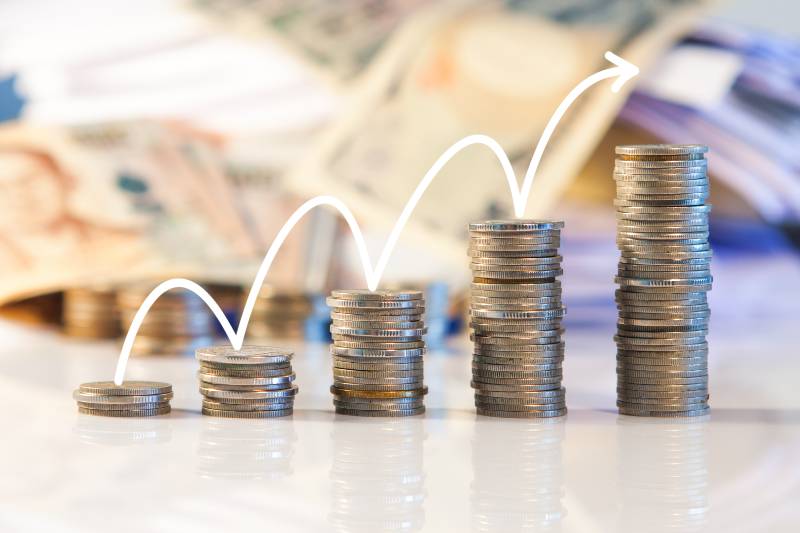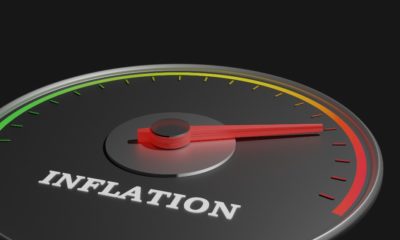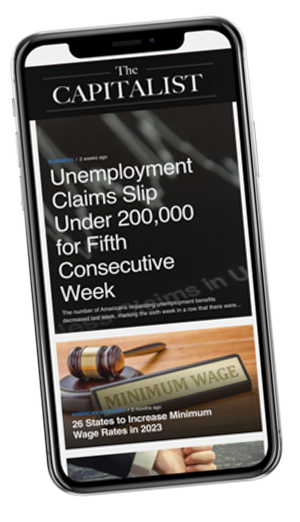Higher Wages
Wage Growth Slowing Down As More Workers Are Signing Up

Wage growth rates are slowing down as more and more companies are finding it much easier to sign up new workers. As a result, the rapid pace of pay increases in order to attract or retain workers are now starting to slow down.
RELATED: Rise in Wages Seen To Increase Inflation Concerns
Wage Growth Slows to 1.2% During the Last Quarter

According to the Department of Labor, wage growth reported a 1.2% rate during the fourth quarter of 2021. This is a marked decline from the 1.4% rate reported in the previous quarter.
Despite the figures, wage growth remains higher than pre-pandemic numbers. A 1.2% wage rate is roughly equivalent to a 5% annual pay raise.
Pre-pandemic, workers received an average 3% annual pay increase. This is according to Nick Bunker, economic research director for the Indeed Hiring Lab.
The slowdown suggests that companies are now finding it easier to find and hire workers. Consequently, this means they don’t have to engage in bidding wars with other companies to fill the staff.
“The Q4 data hints at a slowdown,” Bunker said. Combined with other data, the wage growth rate this year may not be as frenetic as last year’s.
However, that doesn’t mean companies are out of the woods yet. “Slowing down from 120 miles per hour to 90 miles per hour is slowing down. But you’re still hitting 90, which is pretty quick,” he warned.
Workers Face Worse Inflation If Wage Growth Continues To Slow Down
Additional slowdowns in wage growth rates might spell doom for American workers. Current inflation is at 7%, which is the highest rate in the past 40 years. In fact, inflation wiped many of the gains workers got in terms of pay raises.
Even higher inflation and lower wage growth can lead to a disaster among workers. If wage growth rates continue to descend while inflation climbs up, workers will start paying more for the same or fewer items.
However, if inflation slows down while wage growth stabilizes, workers may eventually enjoy a net raise.
Demand for Workers Surged Last Year
Last year, demand for workers reached a fever-pitch level as the US economy started its pandemic recovery efforts. Job openings outnumbered available workers.
Many unemployed workers chose to sit on the sidelines temporarily due to pandemic fears and home issues. Increased household savings and burnout from working during the pandemic also helped.
Asa result, millions of workers began quitting their jobs. Many decided they wanted better-paying or more flexible work somewhere else. As a result, companies had to engage in bidding wars to hire new workers or retain existing ones.
Leisure and Hospitality Jobs Experienced Largest Wage Growth Rates
Workers who benefited most from the higher wage rates came from the hospitality and leisure industry.
Restaurant and bar workers, hotel staff, and retail store employees zoomed to 2.5% in the second and third quarters last year. Then, it leveled down to 1.4% in the fourth.
Meanwhile, pay rise rates in some sectors might continue to flourish. Retail wages registered a 2.6% spike in the fourth quarter. Previously, it only posted 1.6% and 0.9% in the third and second quarter.
Watch the CNBC International TV video reporting that it’s difficult to understand why wage growth should slow down this 2022:
What do you think of slowing wage growth rates? Will this normalize industries that previously experienced difficulty in hiring workers?
Tell us what you think. Share your thoughts in the comment section below.















